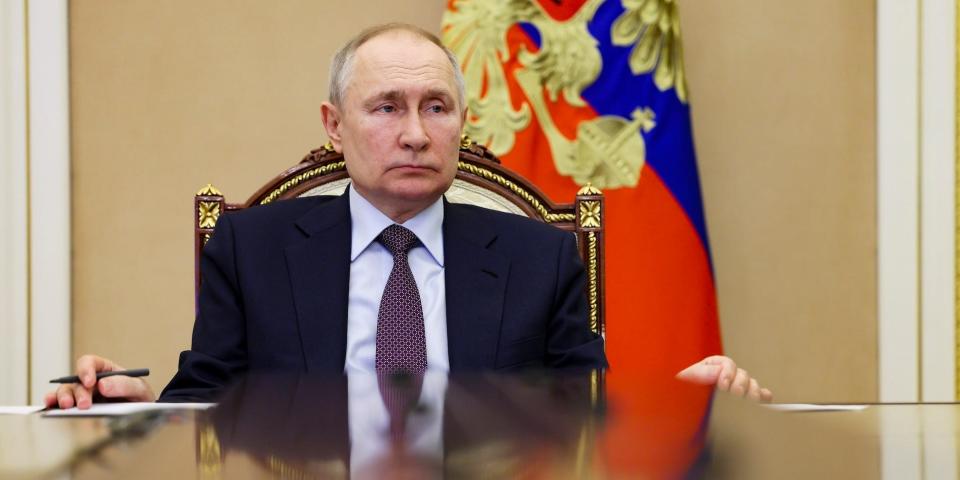
-
The Russian economy is going from bad to worse as Western sanctions hammer the country’s key sectors.
-
From plummeting car sales to the fall of the Russian rouble, the problems facing Russia keep growing.
-
Here are key signs showing how Moscow’s economy is spiraling.
The Russian economy continues to deteriorate – and there are many ways to show it.
From plummeting car sales to the dramatic collapse of its current account surplus, there is no hiding Moscow’s troubles.
The country’s economic difficulties have multiplied since its invasion of Ukraine early last year. The conflict triggered a wave of sanctions from the Western world. Some have even blamed Russian President Vladimir Putin for inflicting so much pain on the nation, with Yale researchers claiming he is “cannibalizing” the Russian economy in his drive to conquer Ukraine.
“The lion’s share of the economy is controlled by the state, the energy and finance sectors, and Putin is taking seed capital from these companies to use as a cookie jar for his treasure trove of war,” said researchers Jeffrey Sonnenfeld and Steven Tian.
Russians are buying fewer cars
The Russian automotive industry is a part of the economy that is under pressure.
Insider’s Phil Rosen reported that car sales in Moscow have fallen nearly 75% since the start of the war in Ukraine. The decline was fueled by a combination of three factors: soaring prices, shrinking supply and deteriorating consumer confidence.
“Russians are just buying fewer cars, period,” Tian said. “It speaks to consumer weakness in Russia. It’s as close as it gets to a proxy for deteriorating consumer sentiment, and the story it tells is deeply distressing. Russians aren’t spending all just no money.”
At the same time, the number of Russians buying cars of foreign brands – generally considered luxury purchases – has almost stopped. Instead, consumers are buying locally sourced cars, many of which are riddled with mechanical issues.
Plummeting exports
Another sign that the Russian economy is in trouble is the dramatic collapse of its current account balance.
Moscow’s central bank posted a 93% year-on-year decline in its current account surplus for the April-June quarter. it fell from a record high of $76.7 billion to $5.4 billion.
The raw financials show how hard Western sanctions are hitting the country, especially its key energy sector where its oil and gas exports have been hit hard after price caps and bans were imposed.
Energy export earnings
Moscow derives much of its revenue from the sale of oil and gas products, but Western penalties have eroded that revenue stream.
In June, Russia’s Finance Ministry said revenue from oil and gas taxes fell 36% from a year ago to around 571 billion rubles, and profits from crude and tankers fell 31% to 426 billion rubles.
Ruble in freefall
Added to Russia’s problems is a plummeting rouble. The country’s currency fell to a 15-month low of 94.48 against the dollar earlier in July, triggered by capital flight, lower tax revenues and lower central bank reserves.
“The ruble has nowhere to go but down,” Konstantin Sonin, an economist at the University of Chicago, said in a tweet.
Concerns over currency volatility prompted a wave of domestic withdrawals from the country’s central bank, amounting to more than $1 billion. The bank run was mainly fueled by the recent Wagnerian revolt.
The weakening of the Russian currency forced the country to take desperate measures. Recently, the Russian Foreign Minister urged Southeast Asian countries to get rid of the dollar and use local currencies to trade.
Read the original article on Business Insider

